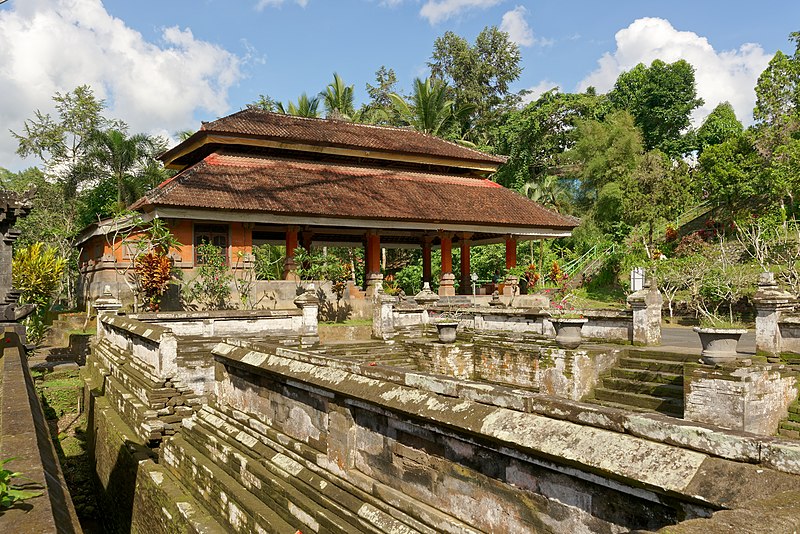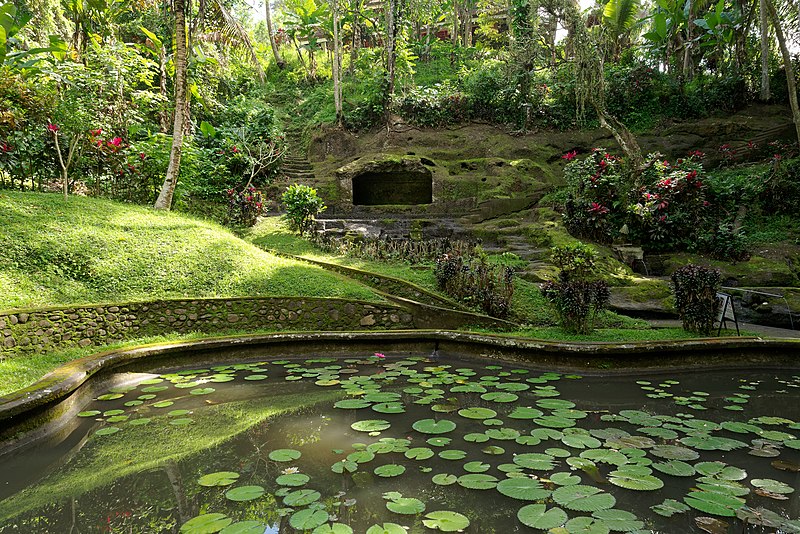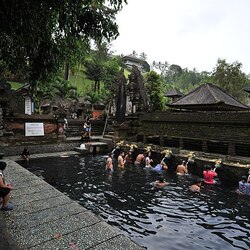Goa Gajah
Goa Gajah or Elephant Cave is a temple complex on the island of Bali. The complex includes several more caves, ancient statues, images of spirits carved on rocks and a swimming pool. The opening of this place to the general public took place in 1954 and since then it has been very popular with tourists.
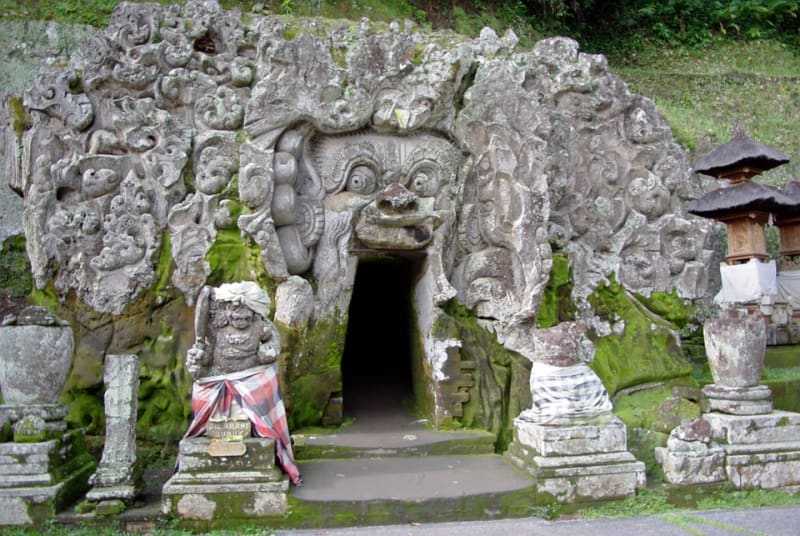
The history of the cave
It is not known exactly when and how the "elephant cave" appeared, elephants have never lived in it, and it got its name in honor of the god Ganesha, who has an elephant's head. Most likely, the cave appeared between the 9th and 11th centuries, its internal structure is partly of natural origin, but the niches for meditation are most likely carved by human hands.
The entrance to Goa Gajah is a huge head with round eyes and an open mouth. The sight is quite ominous. In the writings of the 14th century, it is said that there is a community of Buddhist monks on the territory of the camp complex, thanks to them this place was considered the main center of Buddhism on the entire island. The monks guarded this place from outsiders, and the Europeans first learned about the temple in 1923, during an expedition by a group of colonialists.
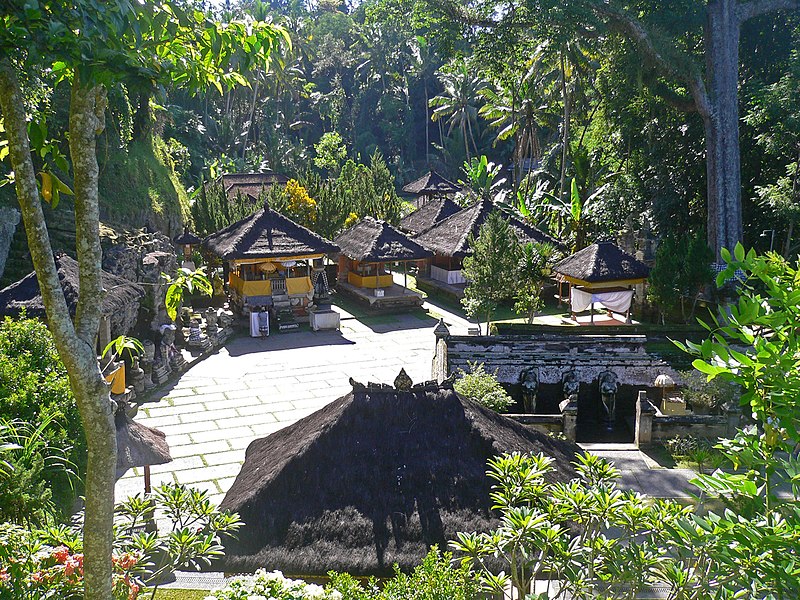
The construction of the temple complex
In addition to the Goa Gajah cave itself, there are many interesting things on the territory of the complex. It is noteworthy that objects of both Buddhist and Hindu faiths are located here. Part of the cultural monuments is covered with a layer of thick moss.
The statue of the Giantess Hariti is located near the entrance to the Goa Gajah cave, the statue is ancient, it is more than 1000 years old. According to legend, Hariti devoured children, but after coming to Buddhism, she changed and, on the contrary, began to protect children in every possible way.
The bathing temple consists of two fonts: male and female. Previously, the statues of seven beautiful maidens supplied water to them. Girls are symbols of the main rivers of India. Today there are only six statues, one of them has been moved to another location.
The Cave of the Giants is another attraction of the complex. Despite the name, the cave is very small, with a statue inside. Most likely, this cave is the work of man, now inhabited by gecko lizards.
Legends
Most of the legends are connected with the name of the cave. There is an opinion that the colonists who came here at the beginning of the 20th century named the elephant cave, it seemed to them that there was some similarity between the elephant's honey and the entrance head. According to another version, Goa Gajah cave was named after the river of the same name, which flows near these places. The head at the entrance seems to many like a spirit, but evil or kind, it is a mystery. There is a version that this is a forest mythical creature, it takes away bad thoughts from everyone who enters inside.



